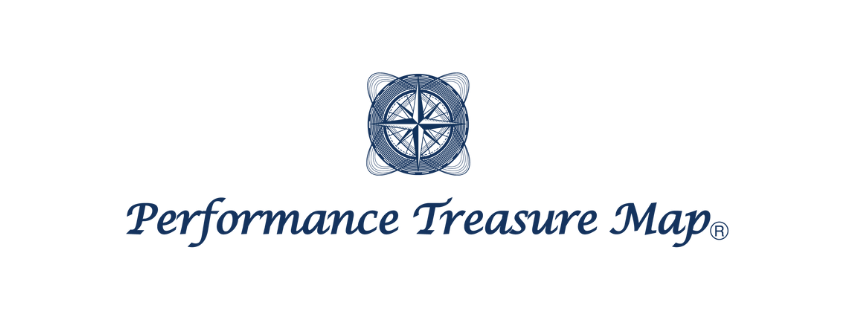Thank you for visiting our blog!
In this blog, we will introduce the “Corrective & Preparation Exercise,” which is the final step in the meaningful breakdown of the first map in the Performance Treasure Map (PTM), called the Original K-Map.
We will discuss not only the goals, procedures, and important points of each exercise but also:
- The fundamental principles behind performing the exercises.
- How the exercises are linked to performance (the “treasure”).
By unraveling these aspects, our goal is to help you gain a deeper understanding of each exercise.

After reading this blog, I hope it serves as a helpful resource when prescribing exercises for your clients or athletes!
This time, we will introduce the “Prone Press-Up!”

Classification of Exercises in the Original K-Map
When subdividing the factors of performance, they can be classified as follows:
Range of motion Muscle function Technique
We link each exercise to these classifications!
Muscle function
can be further broken down as follows:
Normalizing breathing patterns
Gaining mobility and stability
Reflexive core control and co-contraction
Activating surrounding muscles
The “Prone Press-Up” is primarily used for:
Core co-contraction
Activating surrounding muscles
Let’s explain why, taking these factors into account.
Fundamental Principles
First, let’s look at the fundamental principles of the exercise.
The key lies in the principles of “Respiration” and “Core,” which we introduced in previous blogs!
▼Respiration|呼吸【General Principle】

▼Core【General Principle】

Connection to Performance
Increase in Intra-Abdominal Pressure
The diaphragm and pelvic floor muscles maintain a parallel alignment, as shown in the picture, contributing to the increase in intra-abdominal pressure.
As the diaphragm (upper lid) is pushed down during inhalation, the other muscles contract eccentrically to resist this, raising intra-abdominal pressure and stabilizing the sagittal plane through the inner unit, which then stabilizes the spine.
This ability allows for safe and effective training, such as squats or deadlifts, by helping to achieve a neutral pelvis position and control excessive lumbar extension.

Diaphragm and Pelvic Floor Positioning in Sports

We mentioned that “keeping the diaphragm and pelvic floor muscles parallel can increase intra-abdominal pressure.”
However, in sports, it is rare for the diaphragm and pelvic floor muscles to remain parallel during movements, such as leg lowering or planks. Instead, athletes often perform movements that involve “arching” or “undulating” while controlling the core.
What’s most important is whether athletes can move while maintaining control!
Prone Press-Up

Purpose
Gain mobility and stability
Core co-contraction
Activate surrounding muscles
Starting Position
Lie face down and place both elbows (or hands) beside your chest.
Steps
Push the ground with your elbows (or hands) and arch your upper body backward.
Key Points
Keep your neck long and avoid shrugging your shoulders.
Be careful not to arch your lower back excessively.
Conclusion
This time, we introduced the “Prone Press-Up.”
Of course, if your body is not in the correct position to begin with, you won’t be able to maintain control while moving, leading to decreased performance or injuries like lower back pain.
As an introduction to achieving the proper position, we recommend starting with “90/90 Breathing” or the “Dead Bug” exercise.
▼90/90 Breathing:Helps optimize breathing and raise intra-abdominal pressure.

▼Dead Bug:コFocuses on improving core coordination under eccentric loading, which enhances performance in activities like jumping or sprinting.


Next time, we will introduce the “Active Plank”!
Please look forward to it!
For more details on PTM and K-Map, click here:
▼To purchase the Original K-Map, click here:

This post is also available in ja.

